Taylor 1442E Manual
Taylor
Termometer
1442E
| Mærke: | Taylor |
| Kategori: | Termometer |
| Model: | 1442E |
Har du brug for hjælp?
Hvis du har brug for hjælp til Taylor 1442E stil et spørgsmål nedenfor, og andre brugere vil svare dig
Termometer Taylor Manualer
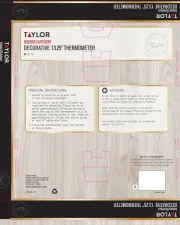
6 Oktober 2025

26 August 2025
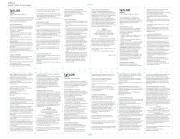
7 Juni 2025
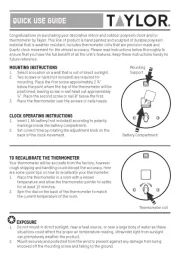
24 August 2024
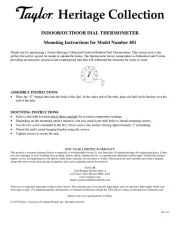
24 August 2024
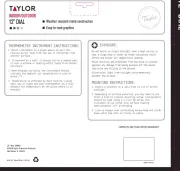
24 August 2024
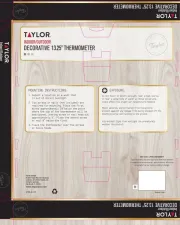
24 August 2024

24 August 2024
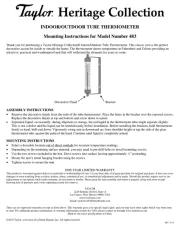
24 August 2024
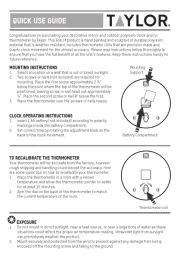
24 August 2024
Termometer Manualer
- A&D Medical
- Motorola
- A&D
- FLIR
- Emos
- Velleman
- Alter
- Bintoi
- FlinQ
- Pancontrol
- Elem6
- TFA Dostmann
- Cresta
- Zeiss
- Vicks
Nyeste Termometer Manualer

7 December 2025

26 November 2025

23 November 2025

15 November 2025
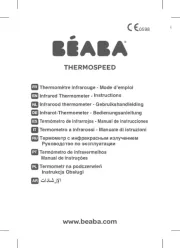
14 November 2025
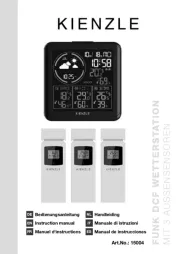
13 November 2025
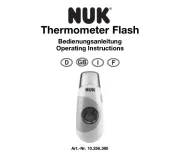
11 November 2025
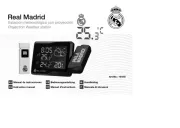
11 November 2025

10 November 2025

9 November 2025
